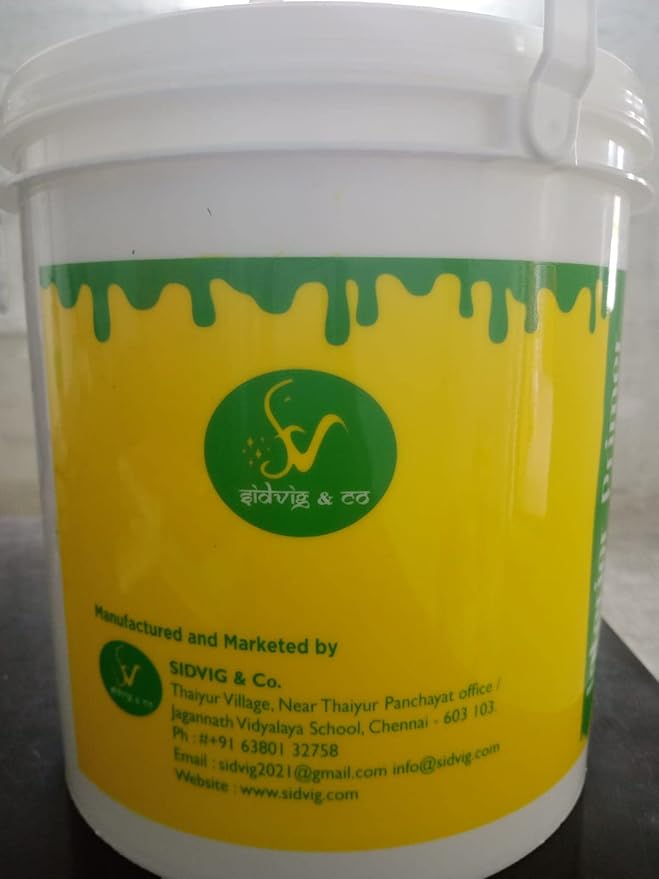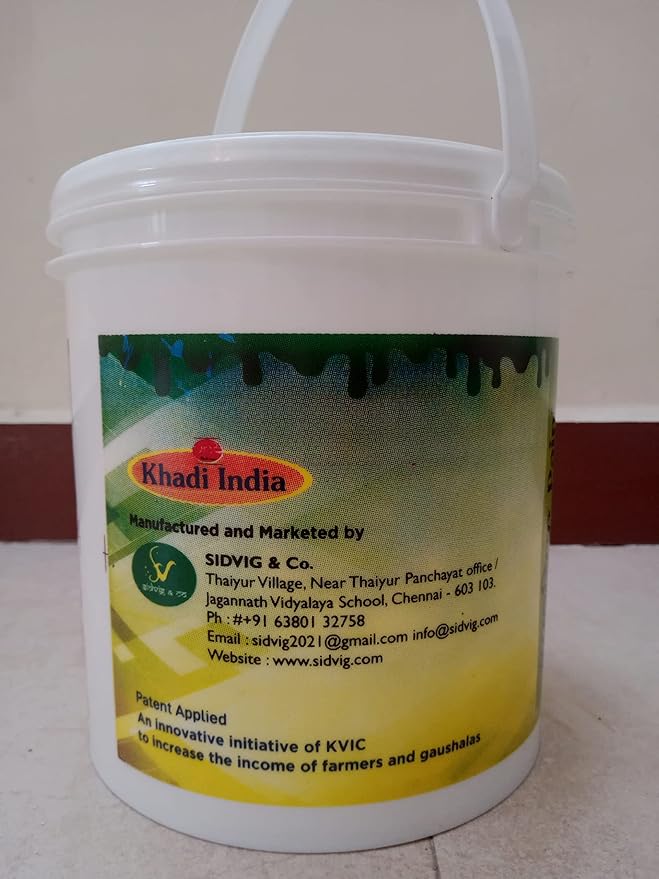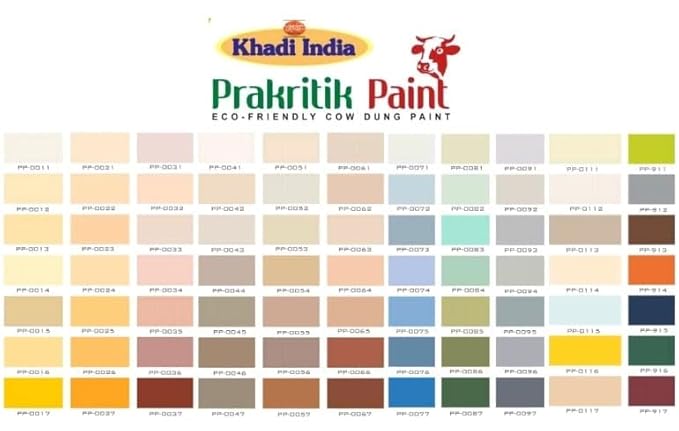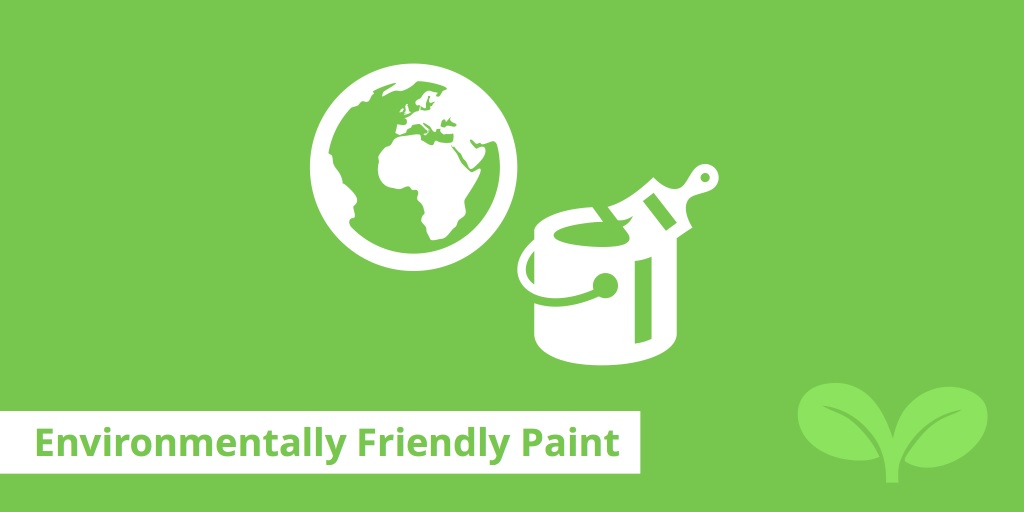Gobar Paint: A Sustainable and Revolutionary Paint for a Greener Future
In a world increasingly focused on sustainability, a traditional practice from India is being revitalized and transformed into a modern solution for eco-conscious consumers. Known as “Gobar Paint,” this innovative product is a natural paint, non-toxic, and cost-effective alternative to conventional chemical-based paints. Developed by the Khadi and Village Industries Commission (KVIC) in India, it is a testament to how ancient wisdom can be leveraged for modern-day challenges.



What is Gobar Paint?
Gobar paint is a sustainable and eco-friendly paint with a primary ingredient that might surprise you: cow dung. In many parts of India, cow dung, or “gobar,” has been used for centuries as a natural and protective coating for walls and floors. This practice was valued for its insulating, antibacterial, and antifungal properties. KVIC, through its research arm, the Kumarappa National Handmade Paper Institute (KNHPI), has taken this traditional knowledge and refined it into a commercially viable, high-quality paint.
The product, officially named “Khadi Prakritik Paint,” is a water-based paint that is entirely free from harmful synthetic chemicals and heavy metals like lead, mercury, chromium, and arsenic. It is available in two forms: distemper and emulsion paint, both of which are certified by the Bureau of Indian Standards (BIS) and can be used on both interior and exterior walls.
The Manufacturing Process: From Waste to Wonder
The creation of gobar paint is a fascinating process that turns a common agricultural byproduct into a valuable resource. It involves several key steps:
- Collection and Pre-treatment: Raw cow dung is collected, a process that also provides an additional source of income for farmers and cow shelters (gaushalas).It is then treated to remove impurities and neutralize its inherent odor.
- Drying and Powdering: The treated cow dung is dried and ground into a fine powder.
- Mixing and Formulation: This powder is then mixed with other natural ingredients and binders to create the paint base. KNHPI’s technology ensures the paint is durable, washable, and has a smooth, uniform finish.
- Quality Control: The final product undergoes rigorous testing at national laboratories to ensure it meets the highest quality standards, including parameters for drying time, application, and finish.
The process is designed to be simple and efficient, making it an ideal business model for small-scale entrepreneurs and rural communities, thereby promoting local manufacturing and sustainable employment.
The Multifaceted Benefits of Gobar Paint
The appeal of gobar paint extends beyond its eco-friendly credentials. It offers a wide range of benefits that make it an attractive choice for both consumers and the environment.
- Eco-Friendly and Sustainable: By utilizing cow dung, a renewable and readily available resource, gobar paint reduces the reliance on petroleum-based synthetic ingredients. This not only minimizes waste but also lowers the carbon footprint of the paint industry.
- Health and Wellness: Unlike conventional paints that release toxic volatile organic compounds (VOCs) for years, gobar paint is non-toxic, odorless, and free from heavy metals. This makes it an excellent choice for a healthier indoor environment, especially for people with allergies, asthma, or chemical sensitivities.
- Natural Thermal Insulation: The natural properties of cow dung give the paint a unique advantage: it acts as a thermal insulator. This helps keep homes cooler in the summer and warmer in the winter, leading to potential energy savings and lower utility bills.
- Antibacterial and Antifungal Properties: Cow dung’s inherent antimicrobial properties are retained in the paint, helping to inhibit the growth of bacteria and fungi on walls.This not only keeps the surfaces clean but also contributes to a more hygienic living space.
- Economic and Social Impact: The production of gobar paint creates a new and valuable revenue stream for farmers and gaushalas, which are often the primary source of the raw material. This initiative is a significant step toward strengthening the rural economy and promoting the welfare of cattle.
- Cost-Effective: Gobar paint is often more affordable than many premium synthetic paints, making a sustainable lifestyle accessible to a wider audience.

The Movement Towards a Greener Palette
The launch of Khadi Prakritik Paint by KVIC has paved the way for a new wave of sustainable innovation. Several manufacturers and brands have embraced this technology, establishing production units across India.
- Khadi Prakritik Paint: This is the flagship brand, and its success has inspired many others. KVIC has actively supported the establishment of manufacturing units through its licensing program and schemes like the Prime Minister’s Employment Generation Programme (PMEGP).
- Sidvig Paints : This company is a licensed manufacturer of Khadi Prakritik Paint, specializing in the production and distribution of this eco-friendly paint.
- Other regional players: Various local entrepreneurs and organizations are also setting up manufacturing units, contributing to the decentralized growth of this industry.
In a world where sustainability is no longer a choice but a necessity, gobar paint stands out as a powerful and practical solution. It bridges the gap between ancient traditions and modern needs, offering a paint that is good for the home, the economy, and the planet. By choosing gobar paint, consumers are not just painting their walls—they are making a statement for a healthier and more sustainable future.

